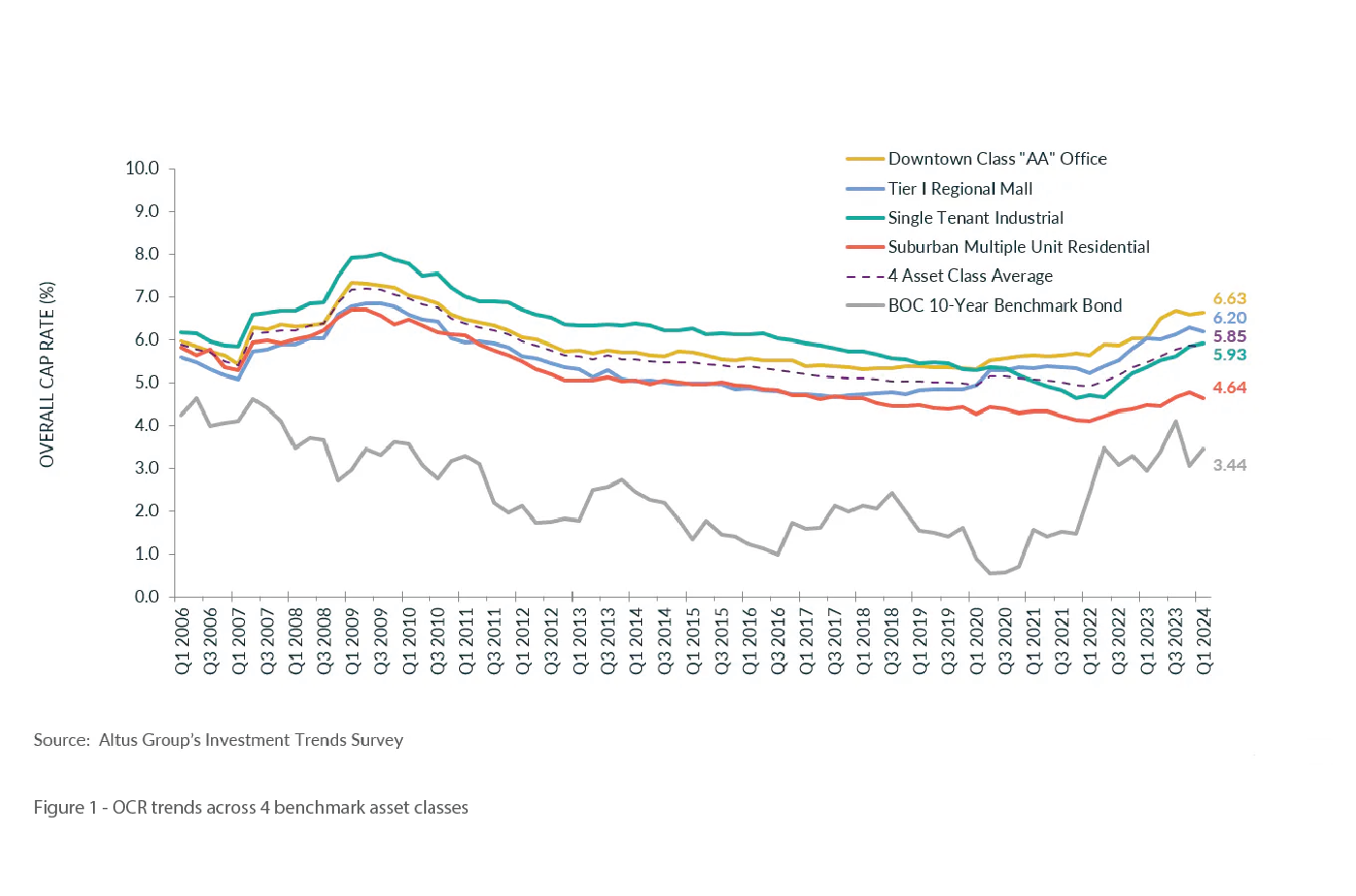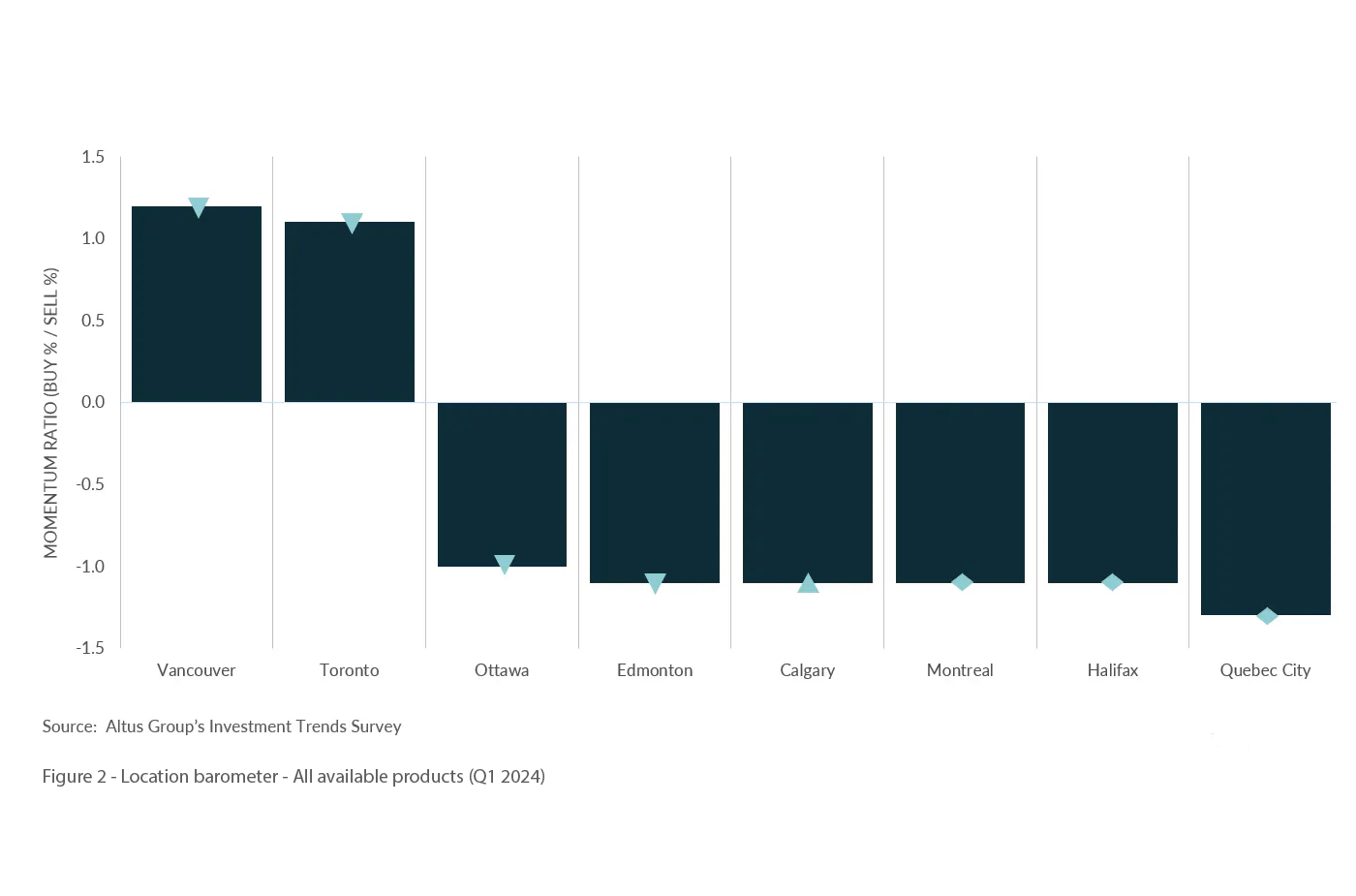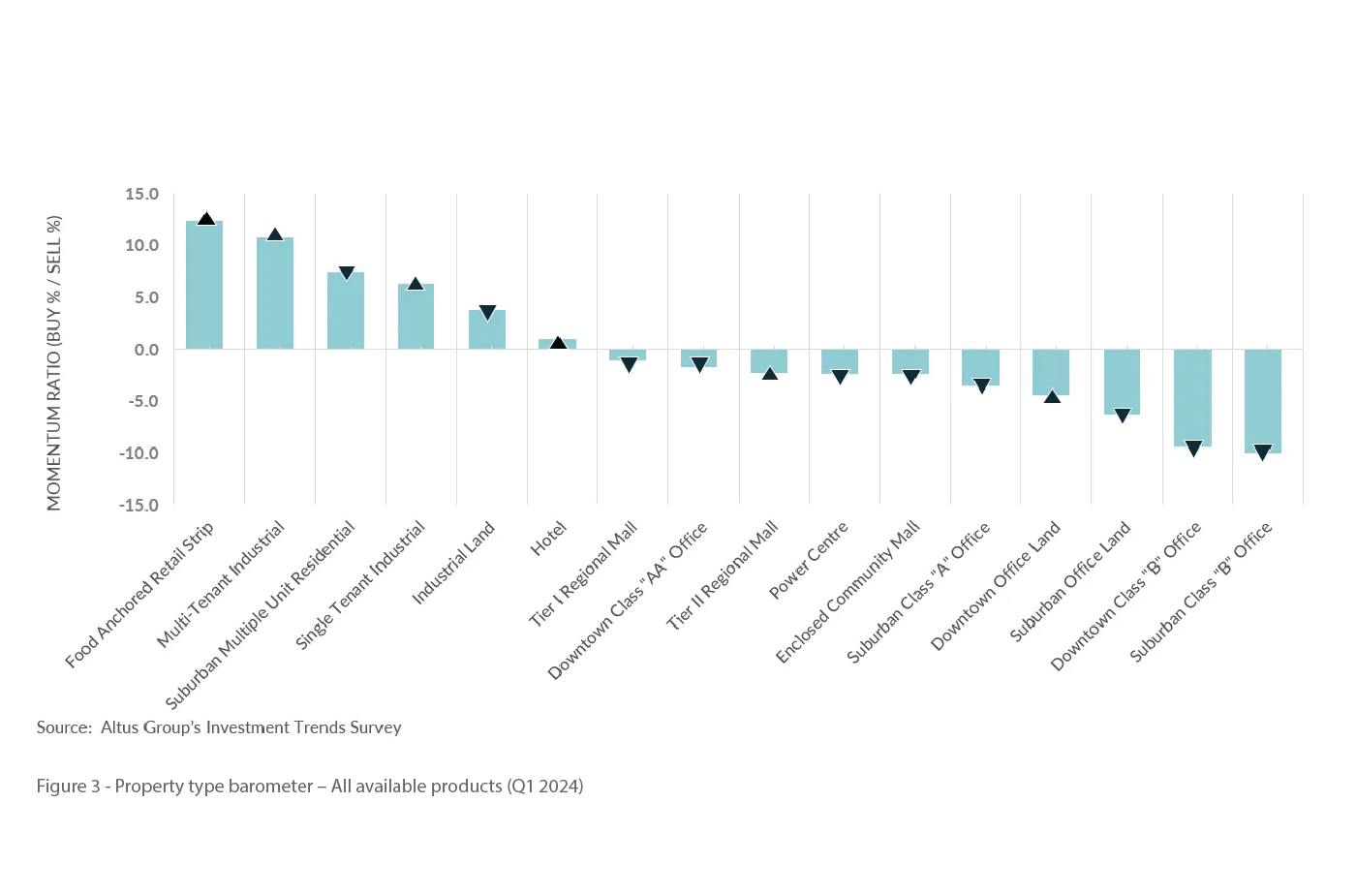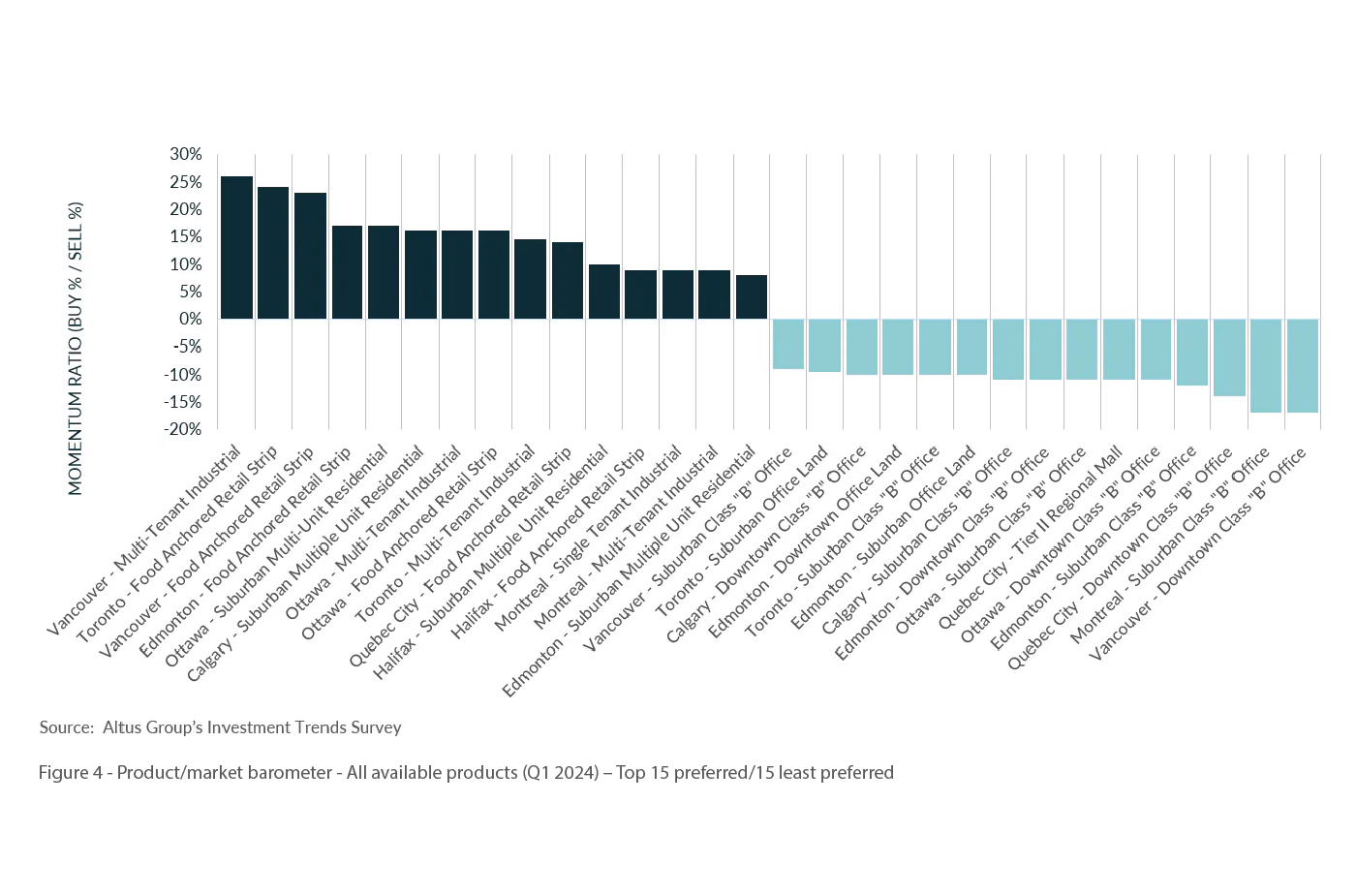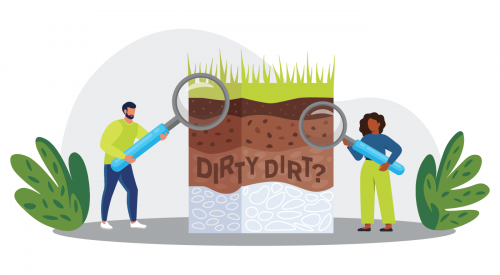
ERIS Insider summarizes key news items and current trends shaping the work of environmental assessment and due diligence practitioners.
IN FOCUS
There are rising concerns about the unseen impacts of wildfires on urban environments and soil. We received permission to share critical new data from a presentation by Tadd Berger from Pinchin at the Bettering Environmental Stewardship and Technology Conference (BEST 2024), which ERIS recently attended.
Pinchin’s urban soil analysis followed two large B.C. wildfire events, one large Alberta wildfire event, one commercial total loss fire event and one industrial total loss fire event. The analysis led to a significant discovery: the primary factor influencing the presence of chemicals in soil post-fire is the state of contamination before the blaze.
This means whether pollutants were already present or absent prior to the fire greatly determines the likelihood of their occurrence after. Additionally, Pinchin highlighted the potential for certain chemicals to be specific to fire events, such as the widespread presence of benzene in soil following one particular fire. While the exact cause wasn’t within the scope of assessment, factors like local vegetation and building materials could play a crucial role in shaping the unique chemical landscape of a fire-affected area.
Pinchin’s study underscores the complexity of discerning the origins of compounds like PAHs (Polycyclic Aromatic Hydrocarbons, which pose health risks) amidst fire-induced and pre-existing conditions. The variability observed between different fire events highlights the importance of site-specific evaluations in assessing post-fire soil contamination.
Delve into the details of Pinchin’s analysis to learn more.
CRE MARKET UPDATE
The Latest Market Trends in the Canadian Commercial Real Estate Industry
Moderate start to Q1 2024
According to Altus Group’s Investment Trends Survey, the Canadian CRE industry is off to a moderate start in Q1, as investors continue to grapple with elevated interest rates and economic uncertainty.
Key Highlights:
-
- The overall capitalization rate (OCR) was largely flat at 5.83% in Q1 2024 compared to the previous quarter at 5.88%.
- In 2024, the continued preference for multi-family, industrial, and food-anchored retail strip assets persisted, bolstered by strong underlying demographic and economic fundamentals.
- The top three preferred markets for investors across all asset classes were Vancouver, Toronto, and Ottawa.
- The top three preferred property types by investors were food anchored retail strip, multi-tenant industrial and suburban multiple unit residential.
- All office-type assets had a negative momentum ratio with concerns around elevated availability rates.
Overall, the Canadian commercial real estate investment market is poised to recover in 2024 as highly anticipated interest rate cuts spur transaction activity later in the year. Investment volumes are forecast to improve modestly and cap rates will stabilize in 2024.
Source: Altus Group. Read the full report here.
To view larger images and dive deeper into the data, click on the images below.
Latest Developments
Exploring the Future of Climate Risk Assessment in CRE
A recent ERIS Risk-E Business podcast examined climate risk assessment and its increasing importance in environmental due diligence. It featured speakers from our strategic partner, ClimateCheck.
ClimateCheck founder and CEO Cal Inman explained how the company assists clients in understanding and mitigating climate-related hazards, with a focus on the commercial real estate sector. The extensive data sourced from global climate models helps users evaluate risks such as floods, wildfires, and extreme temperatures. The data itself is queried on the individual parcel, similar to what is done for an environmental site assessment. “Our goal is to help folks understand, assess, and protect themselves against climate-related hazards," Inman said.
Transition Risk, Physical Climate Risk
Nicole Engels, Chief Growth Officer at ClimateCheck, described the two primary categories of climate risk: “We usually divide climate risks into two buckets: transition risk, which deals with energy and greenhouse gases, and physical climate risks, which arise from extreme weather events like floods and wildfires." She also discussed the evolving dynamics in the industry, where risk is shifting from insurers to lenders and investors.
Consultants' Vital Role in Assessments
The vital role of environmental due diligence consultants was also discussed, particularly their role in analyzing site-specific risks and developing adaptation plans, as they increasingly use climate risk data. “The volume and demand for this kind of information and these services, especially for consultants, is definitely going to grow significantly in the next 6 to 18 months," Engels said, with risk management and regulatory disclosures two primary drivers for climate risk assessments. “I think we'll continue to see this trajectory of adoption amongst all sorts of groups within the investor space … particularly lenders," Inman added.
To learn more about climate risk data and assessment, you can listen to the full podcast here.
B.C. Expands Requirements for Potential Contaminated Soils
Many environmental and land use agencies require formal investigations at targeted sites and management of contaminated soils. Increasingly, tailored versions of these requirements apply to materials that are not contaminated (“excess soil”), recognizing environmental and even climate impacts from moving large masses between locations.
Last year, British Columbia revamped its provincial requirements to clarify and expand long standing regulatory provisions around soil displacement. These changes emphasize the need for thorough site assessments before redevelopment work can proceed.
Understanding these protocols and the relocation notification process is essential before commencing any soil removal activities on-site. The expansion of these regulations underscores the growing emphasis on environmental stewardship and due diligence in land development.
Read the ERIS Originals blog to keep up to date on these regulatory changes that prioritize environmental stewardship in land development.
Ontario Streamlines Environmental Site Assessment Requirements for Certain Projects
In an effort to reduce administrative resources and speed infrastructure project approvals, Ontario has narrowed environmental assessment (EA) requirements for a broad range of public agency infrastructure projects and taken additional steps to reduce and expedite Environmental Assessment Act (EAA) reviews by the Ministry of the Environment, Conservation and Parks.
These revisions culminate six years of regulatory and legislative pronouncements, reviews, and amendments to EA requirements, framed as “modernization” of these standards and procedures.
How do the new statutory and regulatory provisions revise EAA procedures and what do these changes mean? Read the full article here.
Regulatory Updates

Alberta Implements Conditional Adjustment of Reclamation Liability (CARL) Program
The Alberta Energy Regulator (AER) announced the implementation of the CARL Program (previously referred to as the Reclamation Liability Reduction Program) under the Environmental Protection and Enhancement Act (EPEA) to allow for conditional adjustments of the liability estimates used in AER’s liability management programs for sites where closure and reclamation activities have been completed, but remain ineligible for reclamation certification until vegetation has been fully re-established. The CARL program allows licensees to request a temporary conditional adjustment of the liability estimate ($5000 for cultivated land, or $9000 for all other land types) for up to five years or until an EPEA reclamation certificate is obtained, whichever occurs first. The AER also announced new editions of Directive 088: Licensee Life-Cycle Management, and Manual 023: Licensee Life-Cycle Management which have been revised to include CARL Program provisions. For additional details, see AER Bulletin 2024-11.
Ontario On-Site Excess Soil Management Regulation Amended to Add Flexibility
Ontario's Ministry of the Environment, Conservation and Parks has made significant amendments to Ontario Regulation (O. Reg.) 406/19 by the adoption of O. Reg. 174/24, which increases soil management flexibility and supports greater reuse of excess soil generated from infrastructure and other construction projects. The revisions include an increase from 10,000 to 25,000 cubic metres as the maximum amount of soil allowed at temporary storage sites (Class 2 soil management) and soil depots when exempt from a waste environmental compliance approval. Additionally, salt-impacted soil reuse options are expanded where setbacks from potable wells and water bodies are met, as are allowances for temporary storage when excavating soil near a waterbody. Other amendments include clarifying sampling requirements and the specified role of “qualified persons'' concerning soil processing. For additional amendment details, see here.
Plastic Resin and Plastic Product Reporting Mandated for 2024 to 2026

Canadian Ministry of the Environment, Federal Plastics Registry has implemented mandatory annual reporting, due for the first time on September 29, 2024, by the issuance of the Notice with respect to reporting of plastic resins and certain plastic products for the Federal Plastics Registry for 2024, 2025 and 2026.
Authorized under the Canadian Environmental Protection Act, 1999 (CEPA), a person who manufactures, imports, and places the specified plastic resins on the market, or a producer of the specified plastic products, a generator of packaging and plastic product waste, or a service provider for the management of plastics or plastic products, who has access to the information specified in the Notice, must provide the Minister with this information annually on September 29th of the next year through 2027. Exemptions are available as specified for under 1,000 kilograms of such products, packaging, and waste.
Content provided by STP ComplianceEHS.
Heighten Your Expertise and Optimize Your City Directory Searches
In a recent webinar, our panel of experts from across Canada (BC/AB/ON/QC) offered insights to help you achieve compliance and efficiency in city directory research. If you’re looking to satisfy the intricacies of compliance with standards and regulations in your region, listen to the webinar recording and access the slide deck here.
Featured ERIS Data Set
ERIS’ SmartCD Streamlines City Directory Searches
City Directories (CDs) have long been an invaluable resource for environmental professionals (EPs), offering insights into the historical use of properties and their occupants. ERIS SmartCD updates this aspect of environmental research by streamlining the process of accessing and analyzing city directory data, specifically designed to comply with CSA’s Z768-01 Standard for Phase I Environmental Site Assessments. This innovative approach simplifies the identification of Phase I subject properties and adjacent commercial properties by eliminating the need for the user to determine which properties to include in a CD search.
The experienced CD experts at ERIS handle the process for you, leveraging their knowledge of historical and regional nuances to provide a compliant, streamlined search that ensures relevant search results that include only necessary addresses and exclude unnecessary ones. SmartCD is faster than a radius search, saving EPs time and effort.
Furthermore, SmartCD enhances the depth of analysis by including image outputs that provide valuable context, such as cross streets and annotations. Doing so assures a more accurate and thorough understanding of current and historical occupant information, which is vital for a comprehensive environmental assessment.
Visit our website or connect directly with your Regional Account Manager to get started.
Spotlight On
Special Profile: Jasmeen Jatana, Regional Account Manager, British Columbia, Yukon, Northwest Territories & Nunavut
Jasmeen joined the ERIS team in August of 2023 with several years of experience in the environmental sector. She says “The environmental industry always intrigued me as there is so much to learn and unearth, especially with new regulations and changes continuously happening. It keeps me engaged and curious.”
As a regional account manager, Jasmeen collaborates with customers to better understand their needs, finding ways to optimize their business. “I saw the potential I could bring to the company, and the added value the company could provide to the West specifically.” This includes demonstrating efficiencies through one-on-one consultations and performing demos of ERIS products and solutions.
Jasmeen remarks, “At ERIS, I have the support of a dedicated team behind me. ERIS has a very inclusive culture, and everyone works together and shares a common goal. I see how hard everyone works to ensure our customers are getting the best experience.”
Outside of work, Jasmeen enjoys spending time with family, meeting friends for coffee, cooking, walking her dogs, camping, boating, and hiking. This year she is planning a family marine camping trip.
Upcoming Events

June 13, Vancouver, BC: Join Jasmeen Jatana at the EMA of BC Gala & AGM.
June 26, Toronto, ON: Brayden Ford will attend ULI Toronto's Celebrating a Decade of WLI Champions & Looking to the Future.
July 16, Red Deer, AB: Join Mike Seifert at the ESAA Mixer.
July 17, Milton, ON: Join the ERIS Team at the ONEIA Golf Day.
August TBD, Richmond, BC: Jasmeen will attend the EMA of BC Annual Golf Tournament.
September 18, Toronto, ON: Join Brayden and Melanie Veltman at the ONEIA PFAS Symposium.
September 23-26, Burnaby, BC: Jasmeen will attend The 47th Annual Mine Reclamation Symposium (TRCR).
September 26, Toronto, ON: Brayden will attend the Excess Soils Symposium.
September TBD, Vancouver, BC: Jasmeen will attend the EMA of BC Social.
October 16-18, Banff, AB: Join the ERIS Team at ESAA’s RemTech.
November 18, Toronto, ON: Join the ERIS Team at The Brownie Awards.



